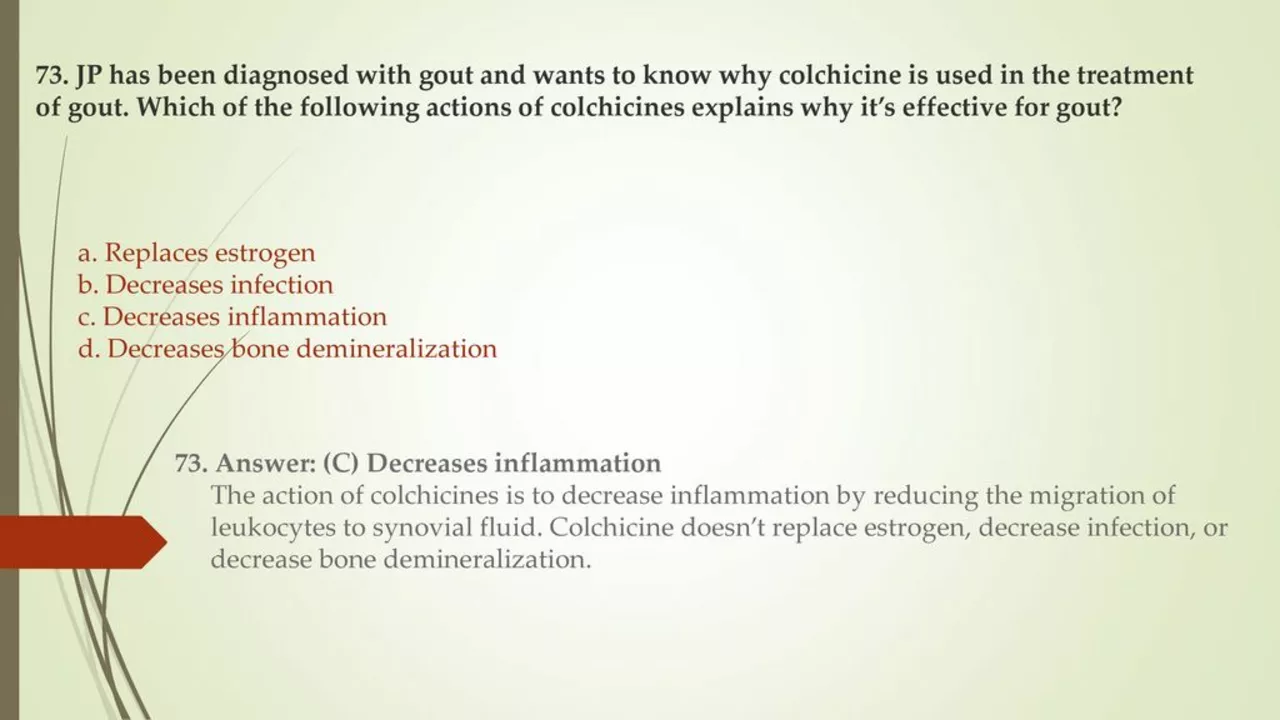If you notice dark stools, vomiting blood, or unexplained anemia, a GI bleed could be behind it. It’s not always an emergency, but ignoring the signs can make things worse fast. This guide breaks down the most common reasons for bleeding in your stomach or intestines, tells you how to spot it early, and gives practical tips to keep it from happening.
Most GI bleeds start with something that irritates the lining of your digestive tract. Peptic ulcers, caused by H. pylori infection or long‑term NSAID use, are a top culprit. Alcohol abuse, severe constipation, and inflammatory bowel disease (like Crohn’s) can also erode tissue and cause bleeding.
Watch for these red flags: black, tarry stools (called melena), bright red blood in the toilet bowl, vomiting material that looks like coffee grounds, sudden fatigue, or a rapid heartbeat. If you have any of these symptoms, call your doctor right away—especially if they appear out of the blue.
When you suspect a bleed, the first step is getting medical attention. Doctors may order an endoscopy to locate the source or run blood tests to check your hemoglobin level. Treatment ranges from simple medication (like proton‑pump inhibitors) to stop ulcer bleeding, to procedures that cauterize the vessel if it’s more serious.
Prevention starts with everyday habits. Limit NSAID use and talk to your doctor about alternatives for pain relief. If you drink alcohol, keep it moderate—excess can damage the stomach lining. Eat a balanced diet rich in fiber, fruits, and vegetables to reduce constipation and support gut health.
Don’t forget to stay on top of chronic conditions. Controlling diabetes, managing hypertension, and treating Helicobacter pylori infections dramatically lower your bleed risk. Regular check‑ups give doctors a chance to spot early ulcers before they rupture.
If you’re already on blood thinners like warfarin or aspirin, never stop them without talking to a professional. Your doctor might adjust the dose or suggest a different medication that’s easier on your gut while still protecting against clots.
Finally, keep a symptom diary. Note any abdominal pain, changes in stool color, or episodes of nausea. This record helps doctors pinpoint patterns and decide if further testing is needed.
Gastrointestinal bleeding can feel scary, but knowing the signs, seeking prompt care, and adopting gut‑friendly habits go a long way toward keeping you safe. Stay aware, act quickly when something’s off, and give your digestive system the support it needs.
